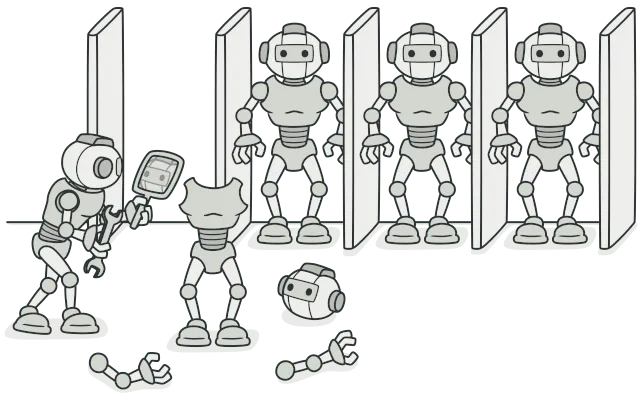JavaScript Design Patterns - Creational - Prototype

Prototype pattern creates new objects based on an existing one with default property values.
In the example below, we can use the clone() method to create a new object Fruit with the same name and weight as its parent.
class Fruit {
constructor(name, weight) {
this.name = name;
this.weight = weight;
}
clone() {
return new Fruit(this.name, this.weight);
}
}
export default Fruit;
👉 Use this pattern when:
➖ Our code should not depend on the concrete classes of objects that you need to copy.
➖ We want to reduce the number of subclasses that only differ in how they initialize their respective objects.
🚀 Pros:
➖ We can clone objects without coupling to their concrete classes.
➖ We can eliminate repeated initialization code in favor of cloning pre-built prototypes.
➖ We can produce complex objects more conveniently.
➖ We get an alternative to inheritance when dealing with configuration presets for complex objects.
⛔ Cons:
➖ Cloning complex objects that have circular references might be very tricky.
I hope you found it useful. Thanks for reading. 🙏
Let’s get connected! You can find me on:
Hashnode: https://nhannguyen.hashnode.dev/
X (formerly Twitter): https://twitter.com/nhannguyendevjs/
Buy Me a Coffee: https://www.buymeacoffee.com/nhannguyendevjs